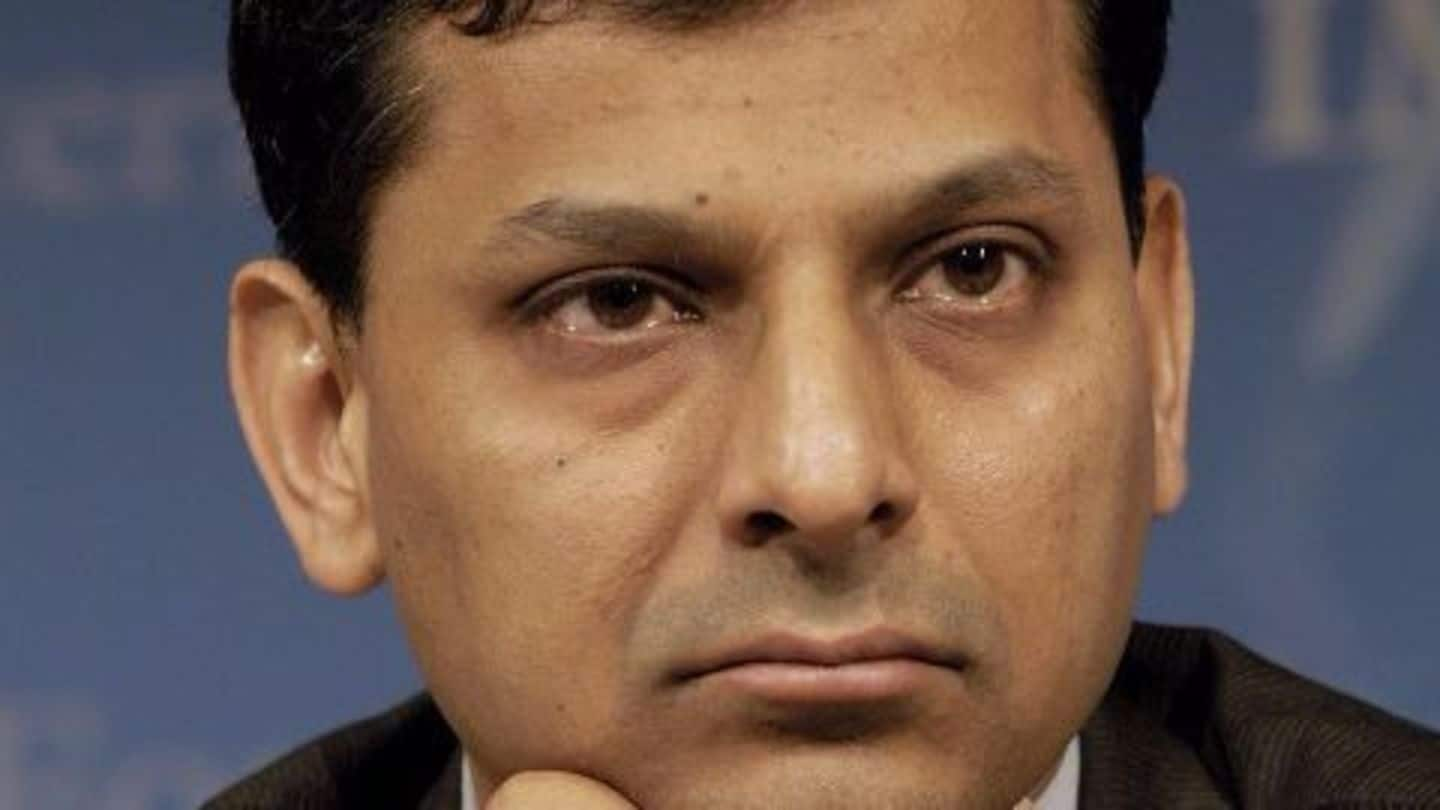
CPI and WPI poles apart yet again
What's the story
India's inflation figures indicated by CPI and WPI point towards different directions. While there was a surge in CPI at 5.4%, the WPI figures continued to trend in the negative at -2.4%. The divergence in the indices is ambiguous and a reason enough for RBI to not cut their interest rates.
Definition
Understanding inflation
In a broader sense, inflation denotes a 'persistent and appreciable increase in the general level of prices'. A price rise of 2-3% per annum in the developed and 4-5% in the developing economies is generally considered to be a desirable rate of inflation. Inflation can be demand pull (demand is greater than supply) or cost push (due to increase in input costs).
Indices
Ways of measuring inflation in India
Inflation rate in India is measured by various indices - CPI, WPI and IIP. CPI is the Consumer Price Index compiled by the Central Statistics Office (CSO). WPI is the Wholesale Price Index released by the Office of the Economic Adviser in the Department of Industrial Policy and Promotion (DIPP). IIP is the Index of Industrial Production compiled by the Central Statistics Office (CSO).
WPI
What is WPI ?
WPI is the price of a representative basket of wholesale goods. It has 676 items in the commodity basket. All the commodities can be grouped into: Primary articles (food, non-food and minerals), Fuel and Power, and Manufactured Products. WPI is calculated by using the Lespeyer's formula and has a base year of 2004-05. WPI is also called as headline inflation.
CPI
Components of CPI
CPI is reported by the Labour Bureau, Government of India. It is also calculated using Lespeyer's formula. CPI has five category of items-food, beverages & tobacco; clothing, bedding & footwear; housing; fuel & light, and miscellaneous. CPI is reported in terms of Rural, Urban and Combined. CPI Rural doesn't include the housing component. There is also a CPI for industrial workers - CPI IW.
Status
CPI now the key measure of inflation
CPI is the comprehensive measure used for estimation of price changes in a basket of goods and services representative of consumption expenditure in an economy. In April 2014, RBI has announced that it had adopted CPI as the key measure of inflation (until then WPI was the key indicator). The base year for calculating CPI was revised from 2010 to 2012 in Jan 2015.
IIP
What is IIP indicative of?
IIP is an indicator which measures the growth of various sectors like manufacturing, mining, and electricity. It measures the short term changes in the volume of production of a basket of industrial products during a given period of time. IIP has a base year of 2004-05. IIP is an indicator of increase/decrease in production and industrial activity.
Information
Relevance of Indices
RBI uses CPI to design its monetary policy and Government uses it to monitor price stability. WPI is used by the Government to design its economic policies. IIP data is used for policy planning.
Difference
Why is there a difference in indices?
Over the years, CPI and WPI provided paradoxical results. According to former RBI governor Duvvuri Subbarao, "Some of these differences could be statistical. However, there might be other reasons like higher transaction costs, taxes, etc. that are reflected in CPI but not in WPI." Food price Inflation is the major factor. WPI unlike CPI takes into account the wholesale prices rather than consumer prices.
Information
Relation between RBI rates and Indices.
When there is an increase in inflation (CPI), it is tackled by RBI by increasing the repo rate which leads to an increase in interest rates by banks in turn reducing consumption.